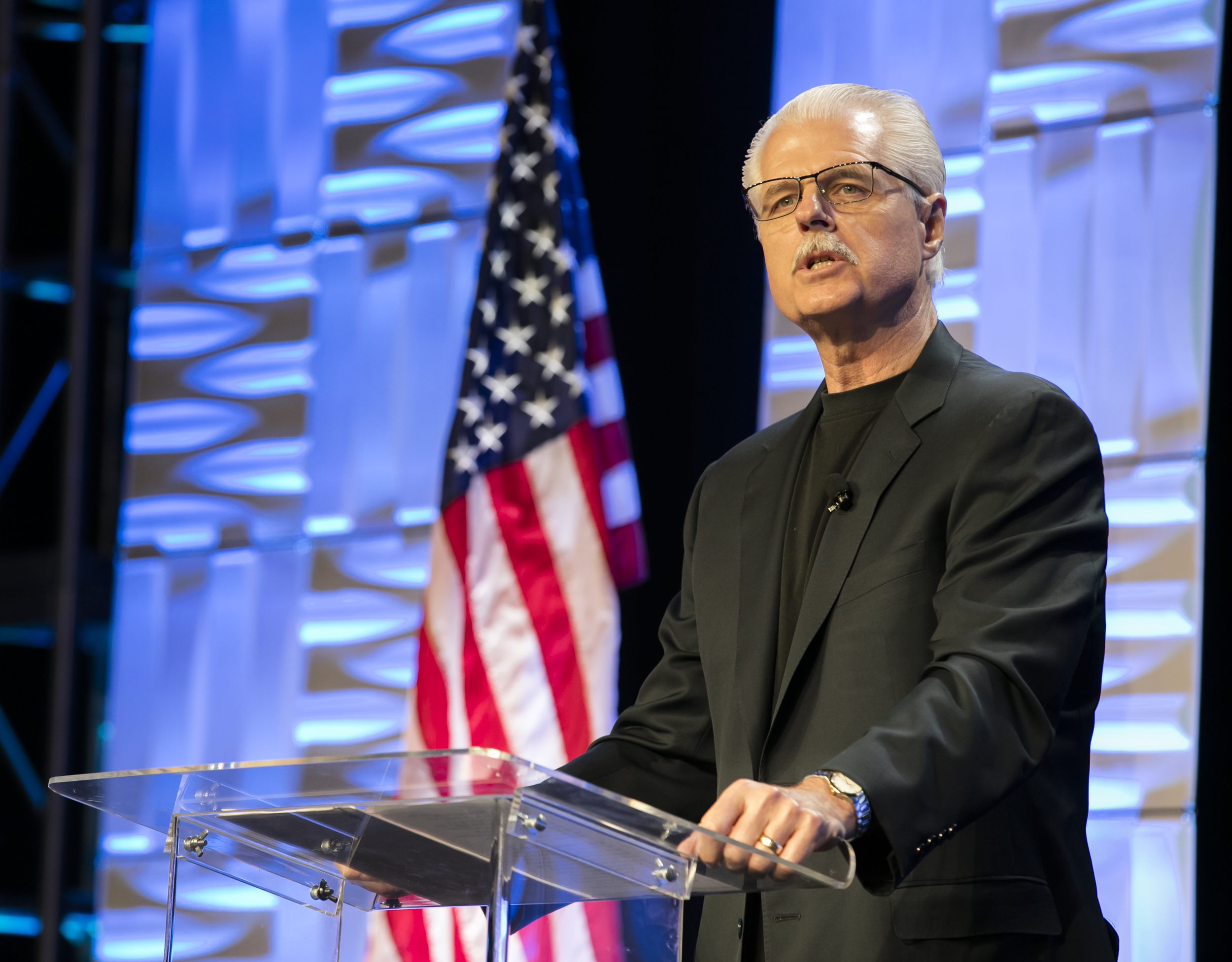By John G. Ekerdt
Associate Dean for Research, Cockrell School of Engineering
I once visited a third-grade class to talk about my job for career day. My presentation was sandwiched between that of a neurosurgeon — who showed off a model of a human skull, to great applause, of course — and a firefighter. How, as a chemical engineer, was I supposed to compete with that? And further, how do you make niche, often technical research compelling — or even understandable — to a group of children?

Even after that day concluded, I couldn’t stop thinking about these questions. I knew that if I could find a way to communicate the impact that my research has on human life, I could open their minds to the excitement of STEM at an early age, and then maybe — just maybe — I could inspire more curiosity and discovery as they grow up.
It occurred to me that the types of problems that brain surgeons and firefighters solve are immediately relevant to almost anyone because they are directly saving lives, and that resonates with people for obvious reasons. With something like chemical engineering, we solve critical societal problems by helping to develop pharmaceuticals, reduce pollution and improve food production, for example, but those problems are solved incrementally. Thus, a lot of our time is spent working on the small building blocks of larger solutions.
This sets up a major communication hurdle in engineering and academia: we are rarely forced to step outside the nuts and bolts of our work — the minutiae of technical papers, research proposals and lab findings — to prove its value to someone who isn’t already familiar with how we’re approaching these problems. But as professionals and as good citizens, we need to be able to have these conversations. We must be able to deliver a clear value proposition for our research.
Too often, we engineers underrate the importance of effective communication, yet deep down we all know that communication is actually critical to advancing our research projects and building our careers. We spend a lot of time applying for grants, publishing papers and developing presentations to attract funding and build new corporate partnerships. These endeavors can be much more successful when we articulate our impact in a way that meets the needs of our many audiences.
As I learned after career day, we have a responsibility to educate and inspire future generations. We also have a responsibility to show the public, and our funding agencies and partners, how and why our research matters. This often requires us to translate our “engineeringese.” Below are five key communication strategies for anyone who might be struggling with this translation.
1. Identify Your Audience and Their Motivations
Who are you talking to and how much technical understanding do they have (or do they want to have)? Is your audience going to take the information you give them and use it to make a decision, or — like the third-grade class — are they simply there to listen and learn? If you can put yourself in their shoes and understand their goals, then it will be easier for you to help them not only understand, but care.
2. Come Up with a Relatable Visualization of Your Research
The brain processes visuals thousands of times faster than text, so for both non-technical and technical audiences, being able to picture the work can be illuminating. As an example, I study the growth of very thin films and nanostructures. I was talking about atomic layer deposition to a friend, and he responded, “So it’s like you’re making molecular lasagna!” And it really is. Those kinds of easy-to-grasp visuals will really help your audience understand the mechanics of your work.
3. Craft Your “Elevator Pitch”
It’s a tried-and-true method of distilling your work into the key elements that people want to know: “Here is the problem I’m trying to solve, here is how I’m solving it and here is the impact this work is going to have.” The elevator pitch helps someone quickly get the essence of a topic. Even better, it’s short and sweet — if your audience wants to know more, they’ll ask.
4. Practice Makes Perfect
Like any skill, practice leads to perfection. Start by trying to explain your research to your parents or by getting your niece or nephew interested in the problem you’re trying to solve. If you can get someone interested to the point that they not only understand your work but also are informed enough to ask questions about it, you’re on the right track.
5. Understand Your Themes that Resonate
Quality of life, security and financial benefit are topics that provide tangible context to nearly anyone. If you can explain your field of study in the context of themes like these, your research quickly becomes relevant to society. By making it clear how you are solving these real-world problems, you may even convince a third-grader that being a chemical engineer is just as cool as being a firefighter.